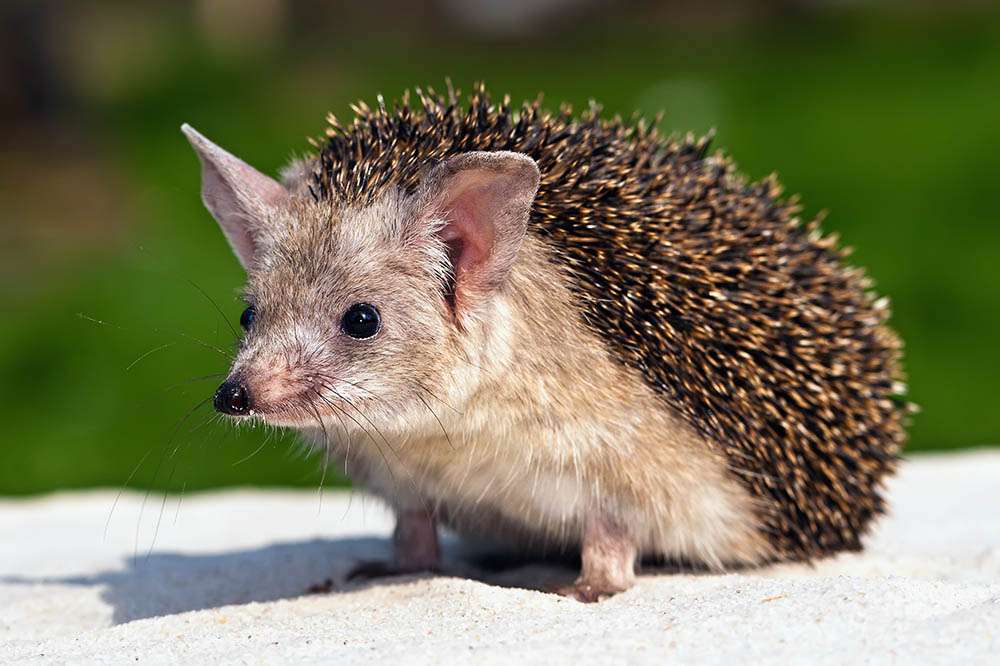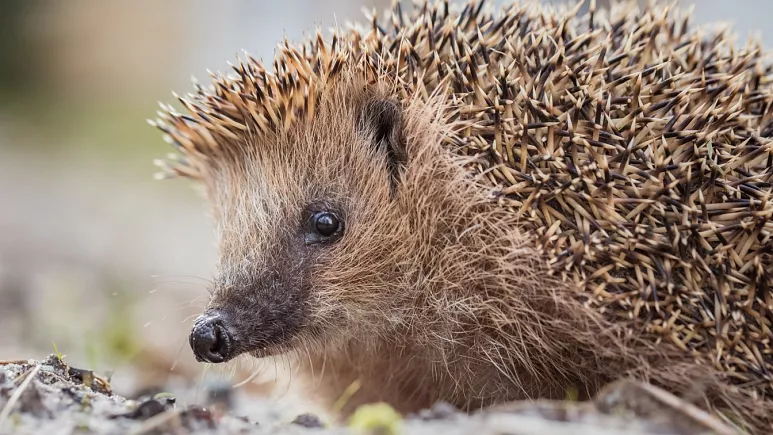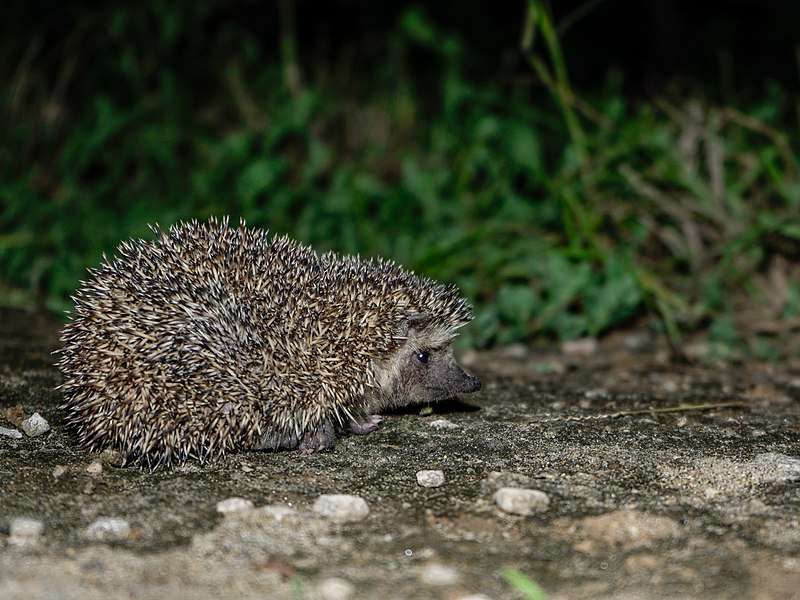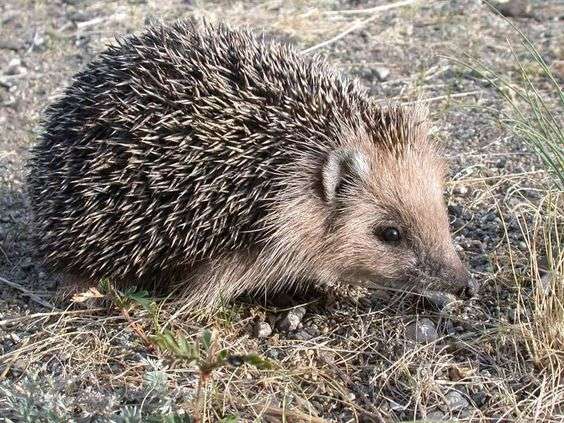
Description
Scientific Name: Hemiechinus auritus auritus
Lifespan: 7 years
A species of hedgehog known as Hemiechinus auritus, also called the Egyptian long-eared hedgehog, is found in parts of Africa and the Middle East. This particular type of hedgehog is unique among hedgehogs because it has long ears, which have given the animal its name. The hedgehog’s long ears give it a keener hearing sense, which it utilizes to track down prey and spot predators.
The Egyptian long-ear is further distinguished by its sandy colouring and frequently has a covering of light fur down its underside. The Egyptian hedgehog’s spines, which are significantly shorter than those of other species, are another distinguishing characteristic that sets it apart from its European cousin.
Despite having a back covered in razor-sharp quills, the animal does not roll into a ball when threatened or attacked. The Egyptian hedgehog has been observed throwing itself towards predators in order to fend off any potential threats.
Habitat
t nations in the Middle East and Europe, though it is most frequently seen in Egypt. Afghanistan, China, Iran, Cyprus, Iraq, Israel, Lebanon, Kyrgyzstan, Libya, Mongolia, Russia, Pakistan, Syria, Tajikistan, Turkey, Turkmenistan, Ukraine, and Uzbekistan are some of these nations.
The Egyptian hedgehog is well recognized for preferring temperate climates and frequently forgoes the desert’s heat in favour of more fertile and shady environments. The species prefers to live close to shrubby oasis, human settlements, and dry riverbeds and gullies.
Behavior
Arabic Long-Eared Hedgehogs are intelligent and curios, however they tend to live alone. Because they don’t have the same social requirements as many other pets, they make excellent pets for someone who only wants one. They might be wary at first because they are usually prey animals, but they can be easily trained and introduced to the family as amiable pets.
When threatened, this type of hedgehog is significantly less likely to curl up into a ball; instead, it prefers to flee or leap at adversaries with its spines.
As Pet

Habitat and Tank Requirements
Arabic Long-Eared A cage that is at least 24 by 24 inches and ideally larger is required for hedgehogs. Although some low-sitting platforms might make their area feel less monotonous, they don’t require a lot of vertical room; rather, they need lateral space.
One of the finest methods to keep your hedgehog mentally stimulated is to provide an exercise wheel. Some hedgehog owners, however, lament that they are unable to ever escape the noise that their pet generates when running on the wheel. You can give your hedgehog a maze or a puzzle they can learn if you have enough area to keep them occupied.
You should use something to line the bottom of their enclosure. A good liner for your hedgehog’s habitat is soft paper bedding or plainly stacked paper towels. Instead of a grate, their cage’s bottom should be solid.
Feeding
Your Egyptian Long-Eared Hedgehog will receive the most complete nutrition from a commercial hedgehog food. While you can add vegetables and a small amount of canned cat food to your hedgehog’s diet as a supplement, commercial hedgehog diets like Mazuri’s Hedgehog Diet offer all the nutrition your hedge needs to thrive.
Carnivorous Egyptian Long-Eared Hedgehogs. Egyptian Long-Eared Hedgehogs are obligate carnivores, exactly like cats, because most of their diet in the wild consists of insects. They also occasionally consume worms, slugs, and snails.
The origin of the idea that these creatures primarily consume slugs is unknown; however, their diet consists of roughly 30% beetles, 11% earthworms, 25% caterpillars, 10% bird eggs, 5% meat from mammals, 5% slugs, and snails, 3% earwigs, 2% bees, 3% millipedes, 1% meat from birds, and 5% meat from unspecified sources. When accessible, these hedgehogs have also been seen eating snake carcasses.
Table





